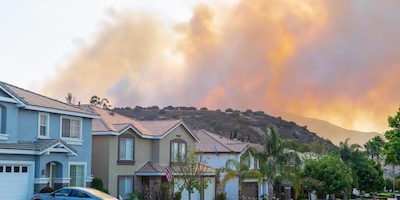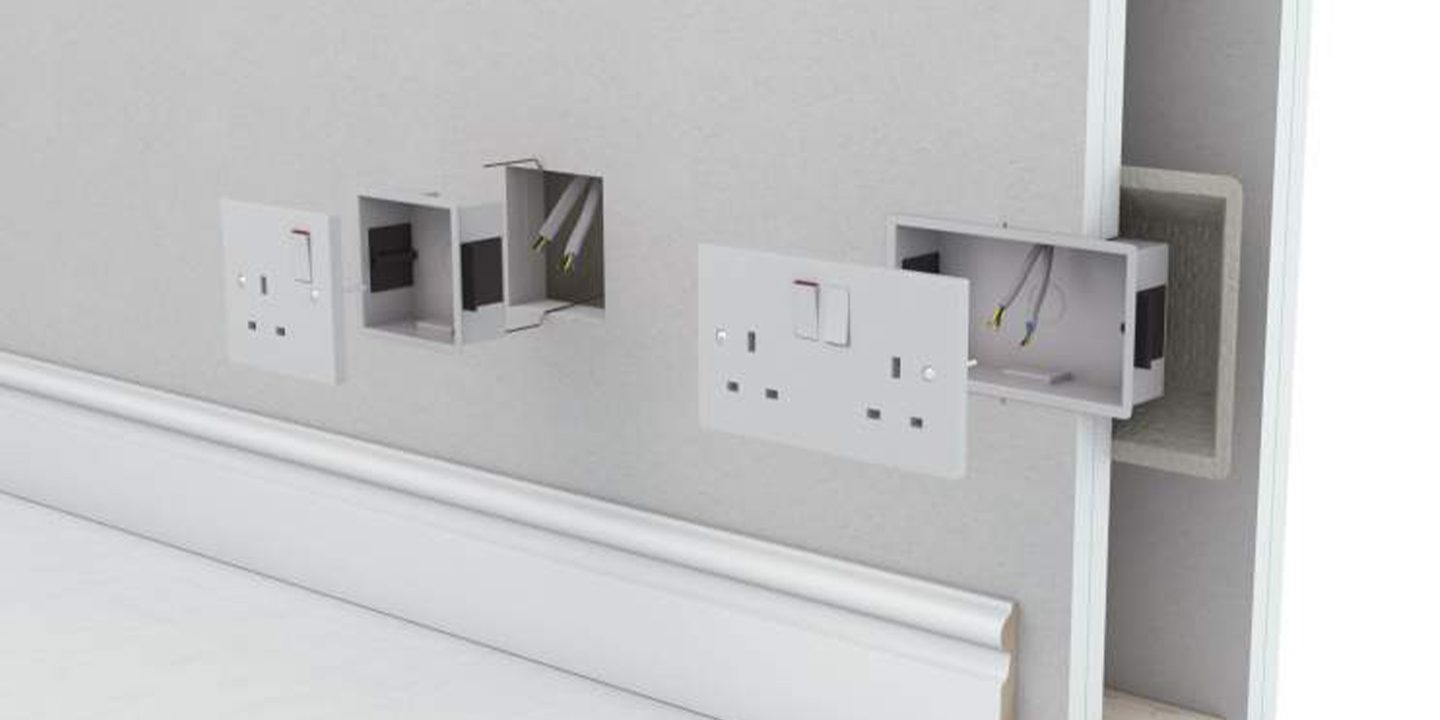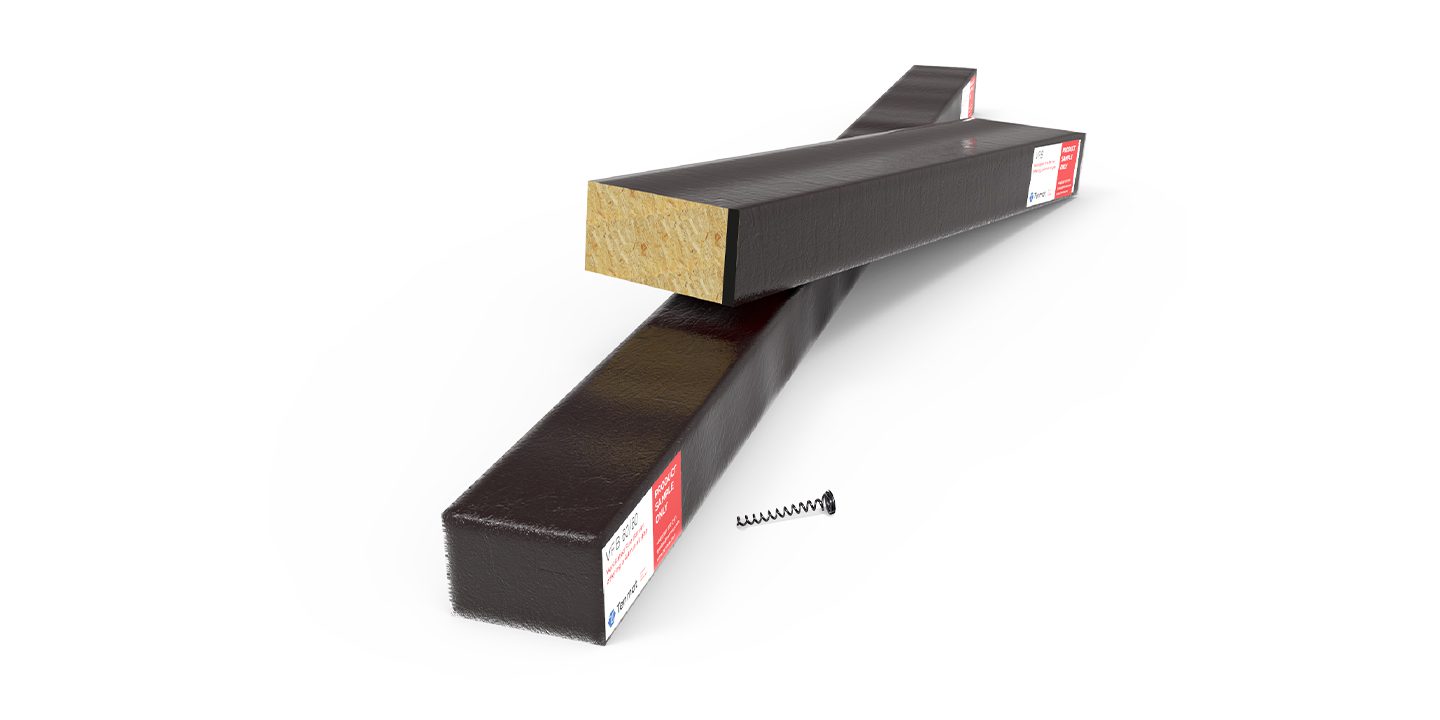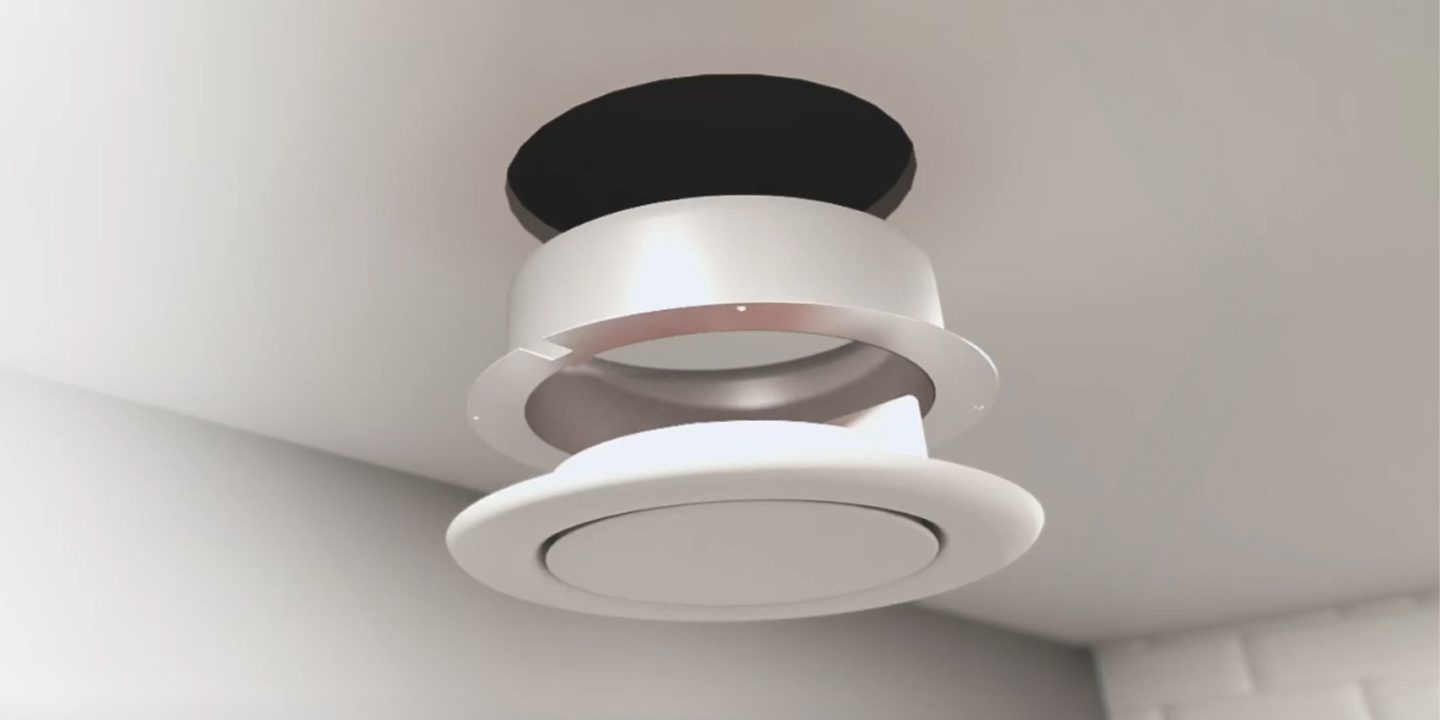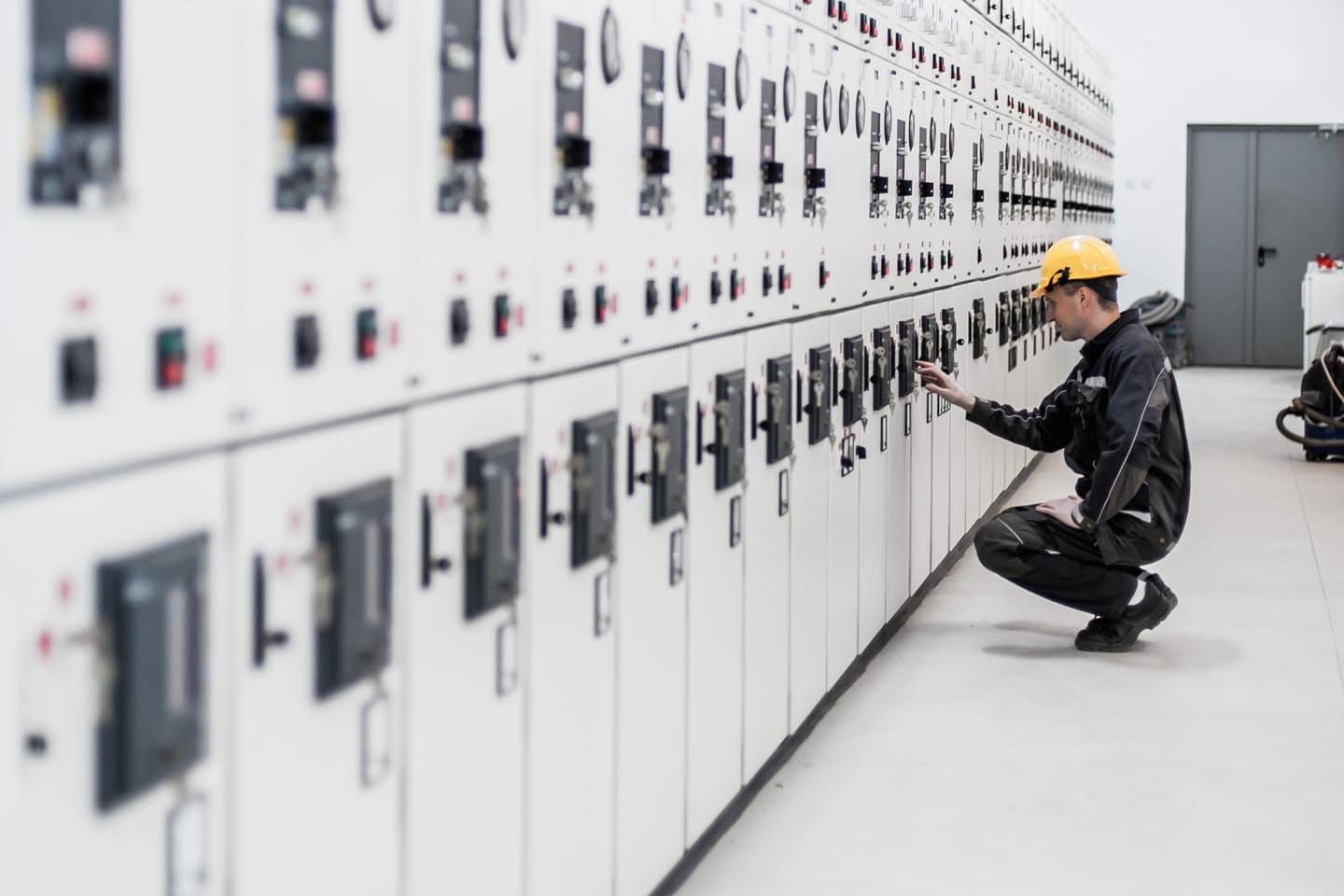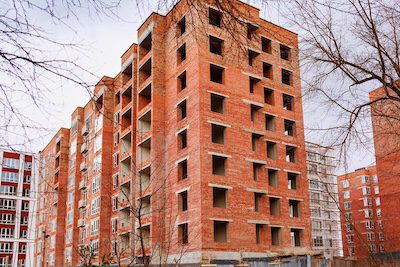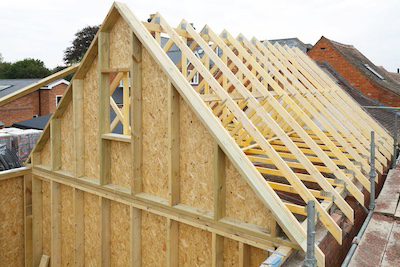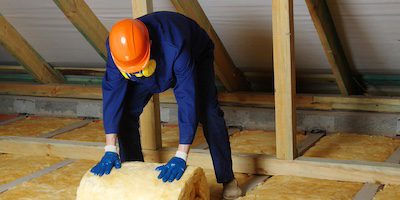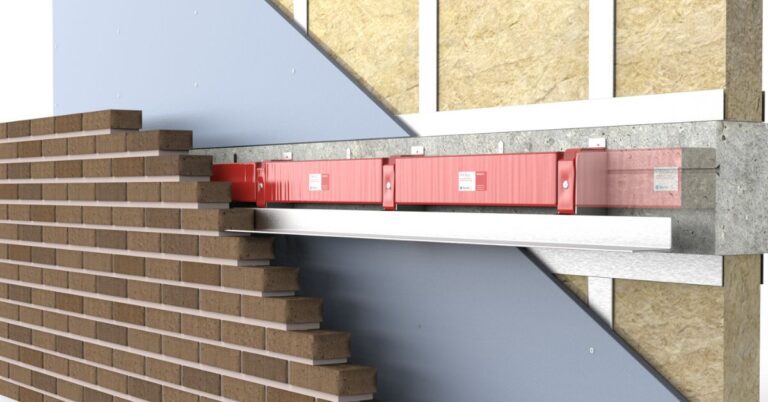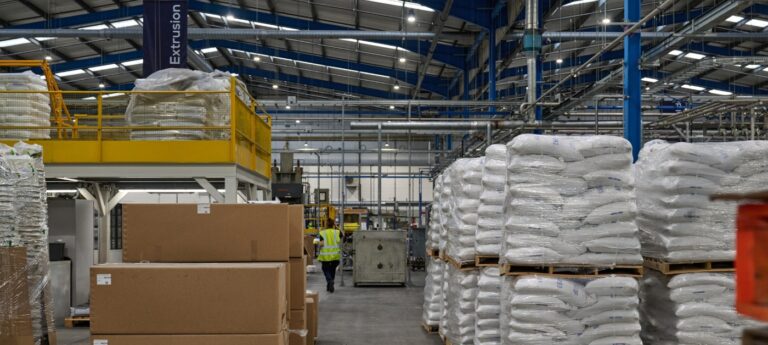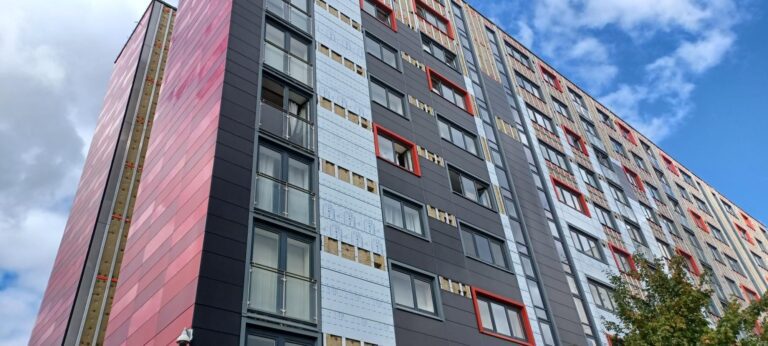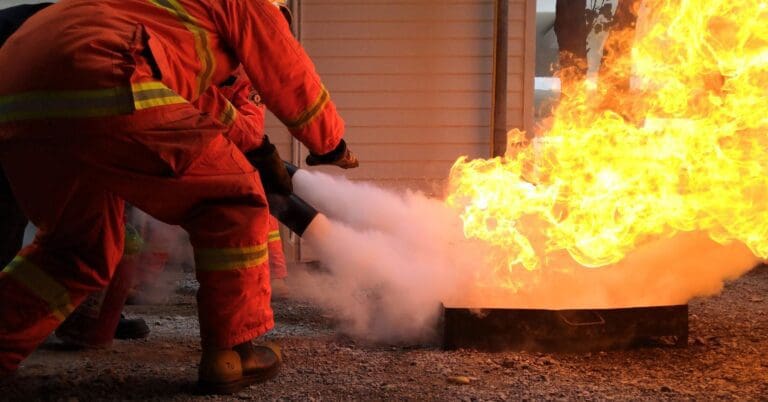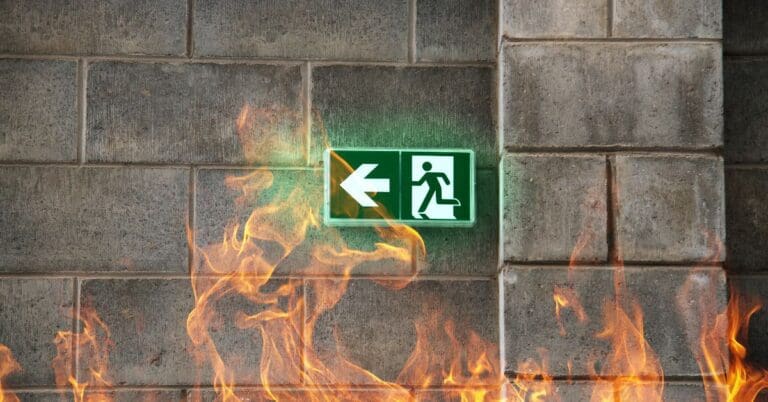Increased demand for compliant, fire-safe building solutions
Since the Grenfell Tower tragedy, there has been an increased focus on fire safety across the UK’s construction industry. This shift has spurred demand for fire-tested solutions that ensure the safety and compliance of buildings. As scrutiny of fire safety practices has grown, so has the need for system-specific testing and comprehensive site support.
Builders, developers, and manufacturers are no longer seeking generic solutions; they are looking for tailored fire safety systems that guarantee their buildings are protected, and that they are complying with the latest regulations. The emphasis now is on doing it right the first time to avoid costly mistakes and callbacks.
Why fire tested solutions are critical in today's industry
Fire-tested solutions have become indispensable for modern construction projects, particularly in light of post-Grenfell regulations. With heightened enforcement of fire safety standards, building projects are subject to more scrutiny than ever before. Local authorities, construction firms, and developers are increasingly required to present direct test evidence to demonstrate compliance. This means that buildings must pass fire safety tests that are specific to their materials and design, ensuring safety at every stage.
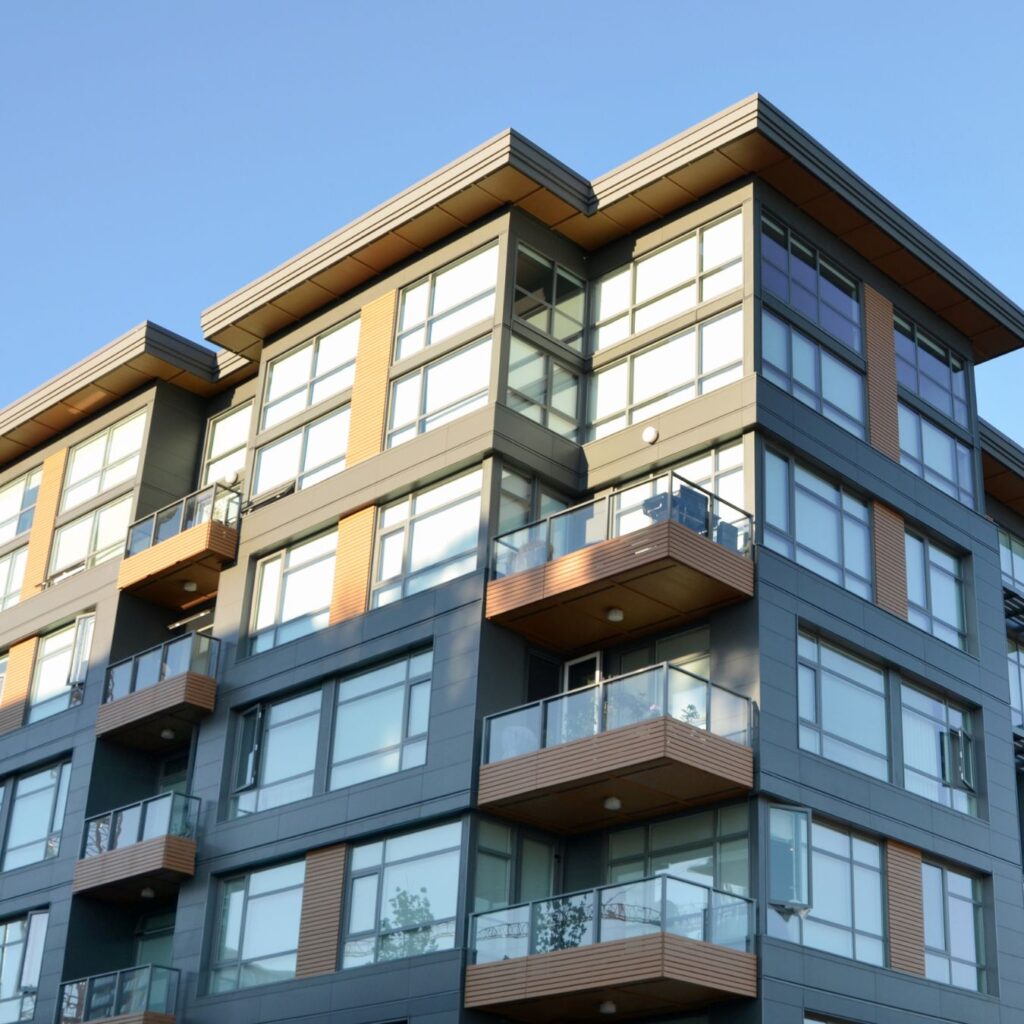
What fire testing involves
Fire testing is not just about ticking boxes. It requires rigorous, application-specific testing to ensure that a system will perform under real fire conditions. This is particularly important as generic fire safety solutions may no longer meet the necessary safety benchmarks. Direct test evidence provides peace of mind, offering proof that fire protection systems will hold up in the event of an emergency. As such, construction teams are placing more importance on obtaining these test results early in the project lifecycle.
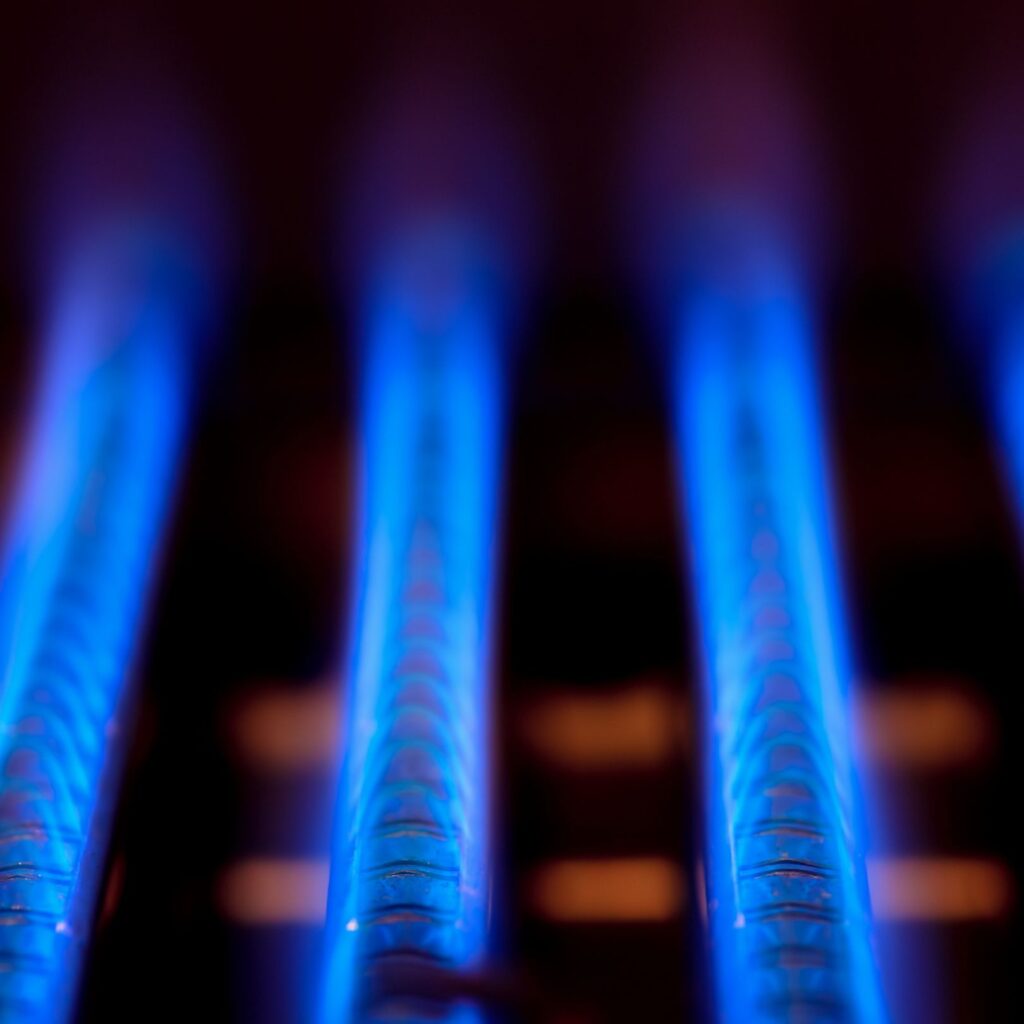
The shift to system-specific fire testing
One of the biggest changes in the construction industry post-Grenfell is the shift toward system-specific fire testing. This approach ensures that fire safety measures are tailored to the particular needs of each building.
For example, the type of fire-resistant materials used in a high-rise residential tower may be completely different from those used in a commercial office block. System-specific testing ensures that the fire protection methods used are appropriate for the building’s unique structure, materials, and purpose.
Support for manufacturers from an early stage
Early collaboration between manufacturers and fire safety experts is becoming the norm, as manufacturers now seek system certifications well before their products hit the market. This early-stage support allows for extensive testing, ensuring that fire-resistant materials and systems meet stringent safety standards. It also prevents costly delays and redesigns later in the project, as developers can be confident that their chosen systems have already been thoroughly tested and certified.
The role of fire engineers in providing site support
Another major development is the increased need for on-site support. Fire engineers are now more integral to projects than ever, conducting site visits to ensure fire-tested systems are installed and performing correctly. Early-stage consultation and site support from fire engineers reduce the risk of miscommunication and errors in installation, which can lead to project delays or, worse, fire hazards. These experts provide critical guidance, ensuring that every fire safety measure is up to standard.
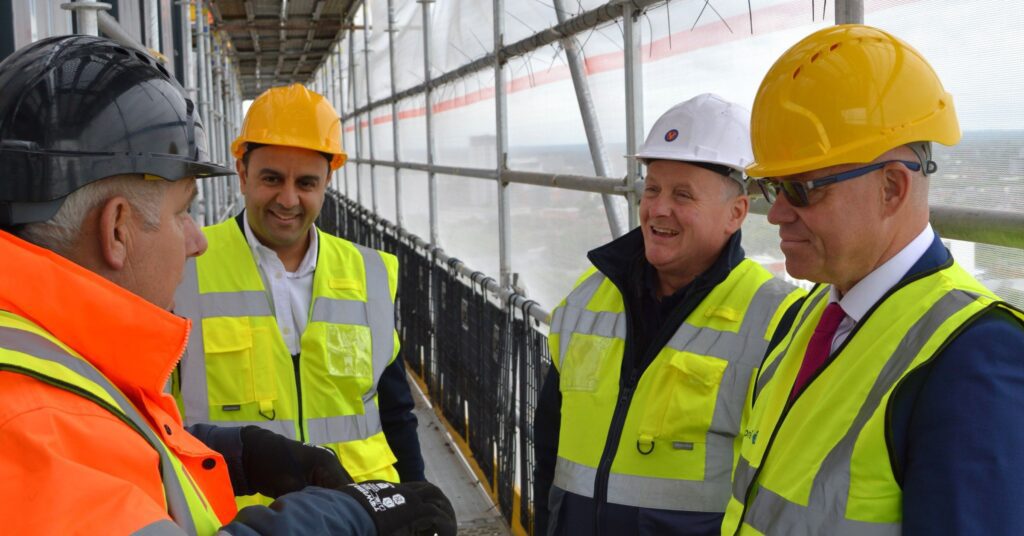
Ensuring compliance through expert oversight
Site visits and on-site inspections are key to ensuring compliance with modern fire safety regulations. Fire engineers can quickly identify any issues during installation, allowing them to be corrected before they become major problems. This hands-on approach not only prevents callbacks but also ensures that the building is compliant with all fire safety regulations, minimising risks for both the developer and the occupants.
What is the Golden Thread and why is it important?
The “Golden Thread” concept has gained prominence in the construction industry following Grenfell. It refers to the clear, accurate, and accessible documentation of fire safety measures throughout the entire lifecycle of a building. From initial design to ongoing maintenance, every piece of fire safety information must be properly recorded and maintained, ensuring transparency and accountability. The Golden Thread ensures that future managers of the building have access to the information they need to maintain fire safety standards.
Linking fire tested solutions to the RIBA Plan of Works
The RIBA Plan of Works outlines the stages of a building project, from design to completion. Fire-tested solutions fit into this framework by ensuring that fire safety is incorporated at every stage of the process. During the design phase, system-specific testing provides data to inform decisions on which fire protection methods to use. Throughout construction, on-site support and inspections ensure that systems are installed correctly. By aligning with the Golden Thread and RIBA Plan of Works, developers can maintain a high standard of fire safety while also meeting regulatory requirements.
In conclusion
The demand for fire-tested solutions has never been higher, as the construction industry responds to increased scrutiny and regulation in the wake of Grenfell. System-specific testing, direct evidence of compliance, and comprehensive site support are all essential components of ensuring that fire safety measures are not only implemented but are effective in real-world conditions. With the introduction of the Golden Thread and the continued emphasis on collaboration through the RIBA Plan of Works, the industry is moving toward a safer, more accountable future for fire safety in the UK.
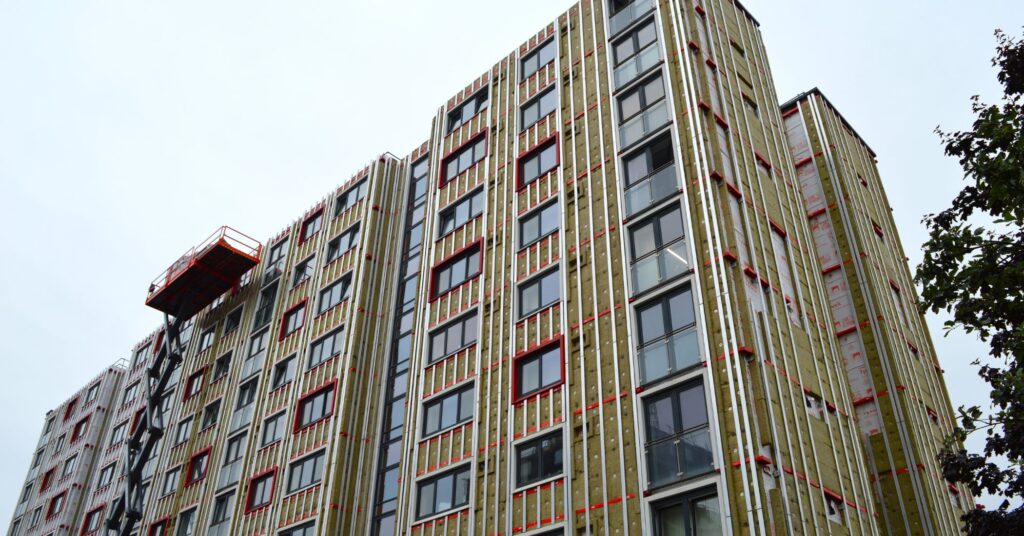
FAQs
Fire-tested solutions are fire safety systems that have undergone rigorous testing to ensure they meet the specific fire safety standards required for buildings.
System-specific fire testing tailors fire safety solutions to the unique needs of each building, ensuring better performance and compliance with regulations.
Fire engineers provide on-site support and inspections, ensuring that fire-tested systems are installed correctly and comply with safety regulations.

